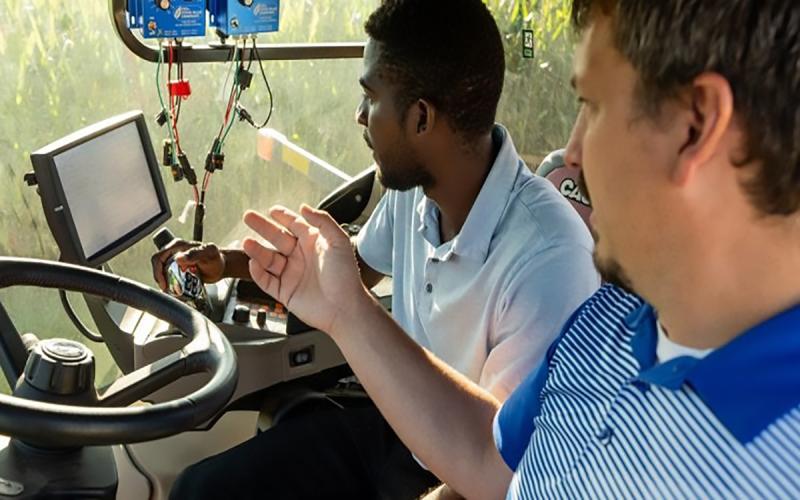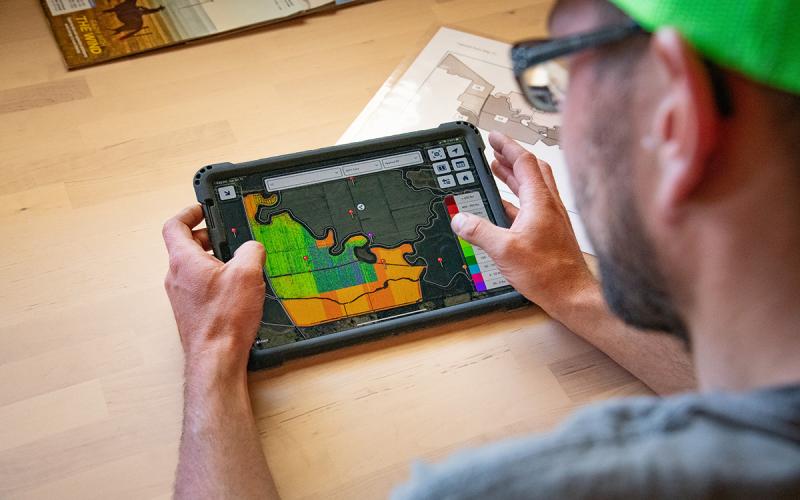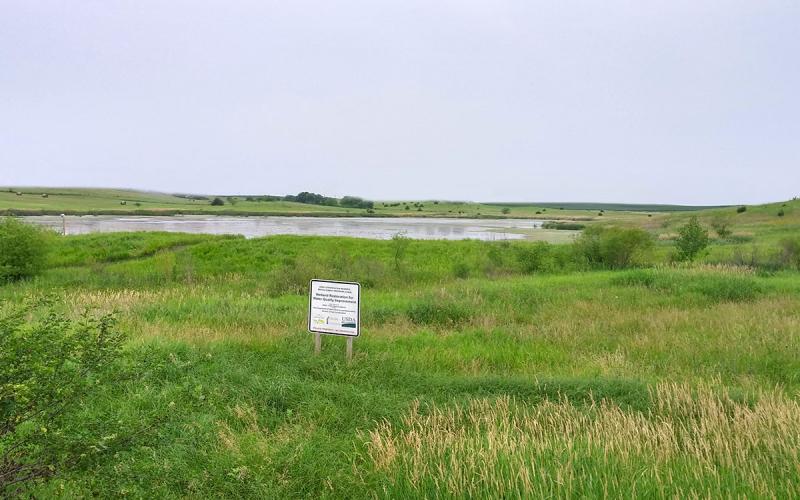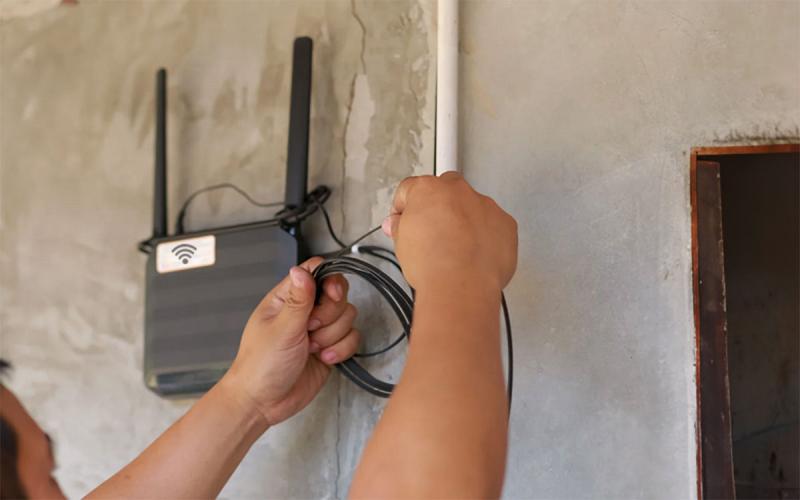Content by Jameson Brennan

Cyber Security Awareness Cattle HQ Live
Join SDSU Extension's beef team to gain valuable insights to improve the health, productivity and profitability of your herd. This month, Jameson Brennan will provide an overview of cybersecurity threats within the agriculture industry, how to detect common cyber threats, and best practices for preventing a cyber-attack.

Virtual Fencing Cattle HQ Live
Join SDSU Extension's beef team to gain valuable insights to improve the health, productivity and profitability of your herd. This month, we will discuss current virtual fence systems on the market, considerations for producers interested in utilizing this technology, and current research being conducted at SDSU with virtual fence.

Cybersecurity Planning: Securing the Future
With reliance on digital technologies, precision agriculture requires securing data and implementing key strategies to safeguard digital assets and maintain operational integrity and confidentiality.

Protecting Your Data: The Role of Authentication and Encryption in Agricultural Cybersecurity
Precision agriculture emphasizes using data to make smarter farming decisions. In the digital world, authentication and encryption are two prevalent ways to keep farm data secure, accurate, and trustworthy.

Be Cyber Aware: Text Message Cyber-Attacks (SMS Phishing - Smishing)
Hackers employ a variety of tactics to gain access to electronic devices and steal user’s personal information.

Permitting Considerations for Riparian Areas
Streams and riparian areas are a valued resource to ranchers, providing, among other things, forage, water, and shelter for livestock. Unfortunately, their relatively low prevalence on the landscape and livestock’s heavy reliance on them has led to widespread degradation to many streams and riparian environments in rangelands worldwide.

Choosing the Right Wireless Network Technologies for Agricultural Internet-Of-Things Applications
The Agricultural Internet-of-Things remotely connects various farm devices and equipment throughout an operation. This article takes a look at several prevalent wireless network technologies, focusing on their potential application scenarios in precision agriculture.

Ag Cybersecurity and Social Engineering 101
Social engineering is manipulating individuals to share confidential information and compromise security. By understanding the basics of social engineering, stakeholders can take proactive steps to ensure the resilience of agricultural systems against cyber threats.

What should you do before or after any cyber security breaches?
Preparation is critical for managing cybersecurity breaches in agriculture, where digital tools and data are increasingly integral to operations. Learn what you can do before, during, and after a security breach to protect your operation in the event of a breach.

Cyber Insurance for Agriculture
Fact sheet about cyber insurance for agriculture